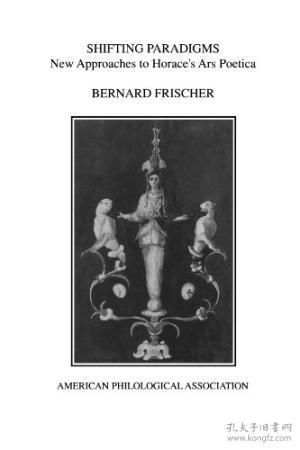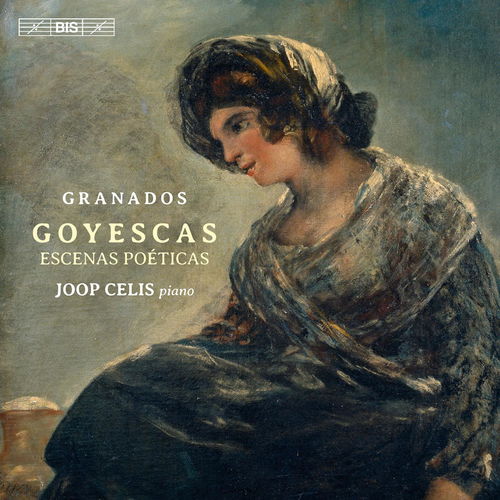Ars Poetica: A Comprehensive Guide
Have you ever wondered what drives a poet to create? How do they weave words into a tapestry of emotions and ideas? In this article, we delve into the art of poetry, exploring its history, techniques, and the impact it has on society. Whether you’re a seasoned poet or a curious reader, this guide will provide you with a deeper understanding of the craft.
History of Poetry

Poetry has been a part of human culture since the beginning of time. Its origins can be traced back to ancient civilizations, where it served as a means of storytelling, religious expression, and social commentary. From the epic poems of Homer to the sonnets of Shakespeare, poetry has evolved over the centuries, adapting to the changing needs and values of society.
| Time Period | Style of Poetry | Notable Poets |
|---|---|---|
| Ancient Greece | Epic Poetry | Homer |
| Medieval Europe | Metrical Poetry | Geoffrey Chaucer |
| Renaissance | Sonnets | William Shakespeare |
| 19th Century | Romanticism | William Wordsworth |
| 20th Century | Modernism | T.S. Eliot |
Types of Poetry

Poetry comes in many forms, each with its unique characteristics and purposes. Here are some of the most common types:
- Sonnets: A traditional form of poetry consisting of 14 lines, usually written in iambic pentameter. The most famous example is Shakespeare’s “Sonnet 18,” which begins with the line, “Shall I compare thee to a summer’s day?”
- Free Verse: A form of poetry that does not follow a strict metrical pattern. It allows poets to express their thoughts and emotions in a more natural and fluid manner.
- Epic Poetry: A long narrative poem that tells a story of historical or mythological significance. Homer’s “Iliad” and “Odyssey” are classic examples.
- Lyric Poetry: A short poem that expresses the poet’s emotions or thoughts. It can be personal or universal in nature.
- Haiku: A traditional Japanese form of poetry consisting of three lines with a 5-7-5 syllable pattern. It often captures a moment or a feeling in a concise and evocative way.
Techniques of Poetry

There are several techniques that poets use to enhance their work. Here are some of the most common:
- Metaphor: A figure of speech that describes an object or action in a way that isn’t literally true, but helps explain an idea or make a comparison.
- Simile: A figure of speech that compares two different things, usually by using “like” or “as” to make the comparison.
- Personification: A figure of speech that gives human qualities to non-human objects or animals.
- Imagery: The use of descriptive language to create a vivid picture in the reader’s mind.
- Rhyme: The repetition of similar sounds at the end of lines or phrases.
- Assonance: The repetition of similar vowel sounds in non-rhyming words.
- Consonance: The repetition of similar consonant sounds in non-rhyming words.
The Impact of Poetry
Poetry has a profound impact on society. It
